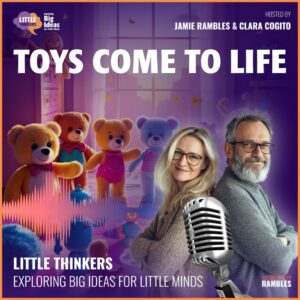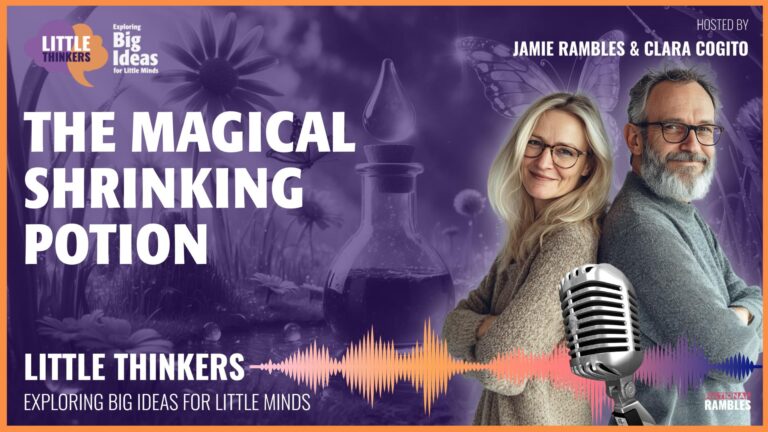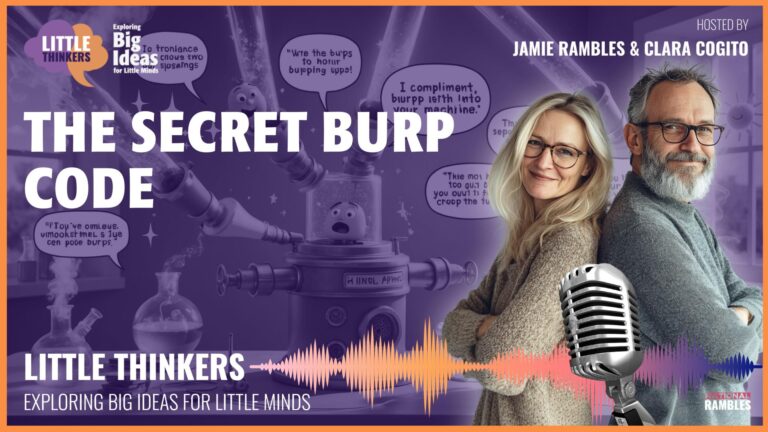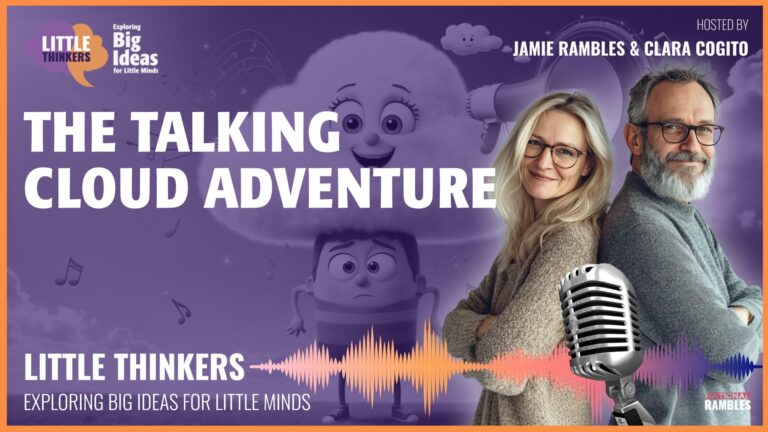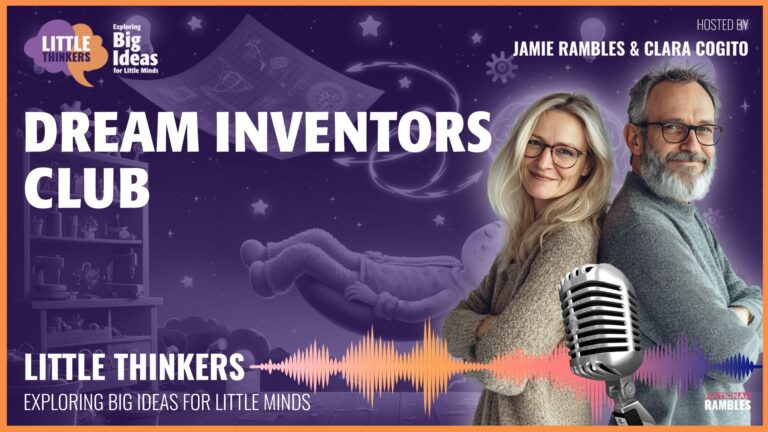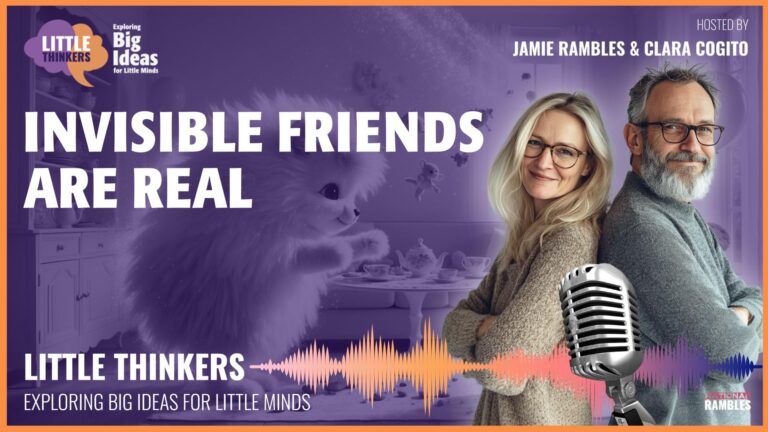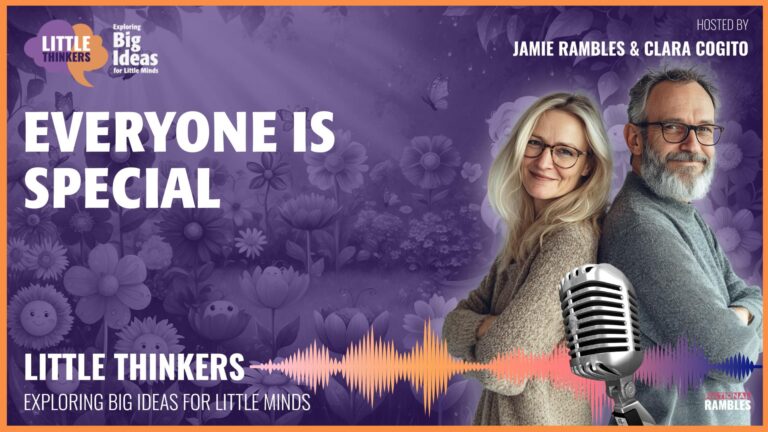What If Your Toys Could Talk? A Magical Adventure into Toy Feelings!
Imagine waking up to talking toys!
Close your eyes for a moment. Imagine waking up tomorrow and hearing a tiny voice say, “Good morning!” You look around your room and discover something amazing – all your toys are talking, moving, and showing feelings! Your teddy bear is waving at you, your toy cars are zooming around by themselves, and your dolls are dancing on the shelf!
Wow! Wouldn’t that be incredible? Just like in movies where toys come to life when no one is watching!
Would you treat your toys differently?
If your toys suddenly started talking to you and told you they have feelings, would you treat them differently than you do now?
Think about your favorite stuffed animal. Maybe it’s a cuddly bear or a soft bunny. If it could tell you “Ouch!” when you accidentally dropped it, you might be more careful, right?
Or imagine your action figure saying, “Hey! I’m getting all wet out here! I’m cold!” if you left it outside in the rain.
The LEGO problem
And what about LEGO pieces? Maybe they would say “Ouch!” when you step on them – although they probably hurt your feet more than you hurt them! 😄
Would toys like their homes?
If toys had feelings, they might care about where they sleep at night. Would you want to be tossed into a messy toy box and squished under heavier toys? Probably not!
Your toys might prefer to have neat, comfy spots where they can “rest” when you’re not playing with them. Maybe your stuffed animals would love sitting on your bed, while your toy cars might enjoy parking in a special garage you made for them.
Try this: Create a cozy home!
- Make a special bed for your favorite stuffed animal using a small box and a soft cloth
- Create parking spots for your toy cars using cardboard
- Set up a nice shelf area where your dolls or action figures can “watch” the room
Being responsible shows who you are
Taking care of our toys helps us practice being responsible. Being responsible means taking good care of things and doing what you should do, even when no one is watching you.
When you put your toys away carefully, you’re practicing skills you’ll need later in life – like taking care of pets, keeping your room clean, or even caring for other people!
Did you know that our brains form habits (things we do regularly without thinking) based on what we do every day? So if you practice being careful with your toys, your brain is learning to be careful with other important things too!
What would your toys say about you?
If your toys could talk, what do you think they would say about how you treat them? Would some be happy and others sad?
Maybe your favorite teddy bear would say, “I love how you cuddle me every night before bed!” But your puzzle pieces might complain, “Why do we always end up lost under the couch?”
Your toy dinosaur might ask, “Why do I always have to be the bad guy who gets defeated in battles? Could I be the hero sometimes?”
And your crayons might wonder, “Why do you only use the blue one? We other colors feel left out!”
Fun game: Toy interviews!
Pretend to be a TV reporter and “interview” your toys! Ask them questions about how they feel and what they think about their life with you. You might be surprised by what they “tell” you!
When we outgrow our toys
As we get older, we sometimes stop playing with certain toys. If toys had feelings, would they be sad when we don’t play with them anymore?
They might feel sad at first, but they would probably understand that growing up means changing. The kindest thing to do with toys you don’t play with anymore is to find them a new home where they’ll be loved!
You could give them to a younger friend or donate them to children who don’t have many toys. Then your old toys get to start a brand new adventure with someone else!
Wusstest du schon? (Did you know?)
When you donate toys in good condition, you’re helping other children and also helping our planet by reducing waste. That’s called being eco-friendly (being kind to the environment)!
Should toys have rights?
Here’s a really interesting question to stretch your brain: If toys could talk and move and have feelings, should they have their own rights? Rights are special protections that ensure someone is treated fairly.
Would it be wrong to give away a toy if it didn’t want to go? Should we ask toys what games they want to play?
Philosophers (people who think deeply about big questions) call this moral consideration – it’s just a fancy way of asking who we should care about when we make decisions. Usually we think about people and animals, but why not toys if they had feelings?
Children and magical thinking
Have you ever said “sorry” to your teddy bear after accidentally dropping it? Many children naturally treat their toys as if they have feelings.
This special kind of imagination helps children see the world as full of life and feelings. Maybe kids understand something that grown-ups sometimes forget!
Albert Einstein, one of the smartest people ever, said that imagination is more important than knowledge. When we imagine our toys have feelings, we’re practicing something super important called empathy.
What is empathy?
Empathy is like a superpower that helps you understand how other people feel. It’s like being able to step into someone else’s shoes and feel what they’re feeling.
Scientists have discovered something amazing: reading stories where objects have thoughts and feelings (like talking toys or animals) actually helps children develop more empathy for real people!
So even though our toys don’t really talk, pretending they do might help us become kinder people. That’s pretty magical!
What would your favorite toy say?
Close your eyes for a second and picture your favorite toy. Now imagine it could talk – what do you think would be the first thing it would say to you?
Would it thank you for playing with it? Would it share a secret? Would it ask to go on a specific adventure?
Maybe a stuffed animal would say, “Thank you for keeping me safe all these years!” Or perhaps a toy robot would say, “Can we please play that space adventure game again? The one where we save the universe? That was my favorite!”
Kindness matters everywhere
How we treat the things around us says a lot about who we are as people. Whether it’s toys, books, the environment, or especially other people and animals – being gentle and caring is always important.
Even if toys don’t really have feelings, treating them well helps us practice being our best selves. Kindness matters, even when we think no one is watching!
Special ways to treat toys
- Have a birthday party for a favorite stuffed animal
- Build a special house or fort for your action figures
- Make tiny blankets so toys “don’t get cold” at night
- Create a “toy hospital” where you fix broken toys
- Take turns letting different toys be the “star” of playtime
What will you imagine?
The next time you play with your toys, try imagining what they might say if they could talk. Would they thank you? Would they have ideas for new games? It’s a fun way to think about the world from someone else’s point of view!
Remember, the way you take care of small things shows how you’ll take care of big things. Your toys might not really talk, but the way you treat them still matters!
So be kind to your toys, be kind to your friends, and be kind to yourself. That’s how we make the world a better place – one toy at a time!
